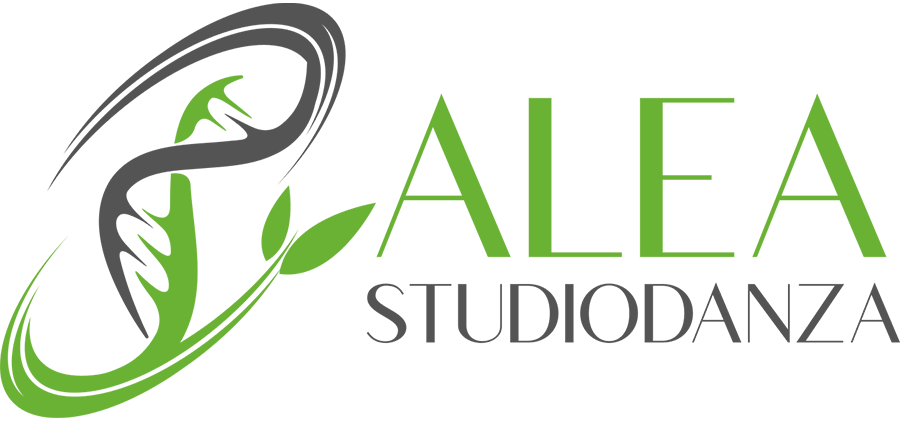Contemporary Dance
My research in this field stems from years of experience… from encounters with people, teachers, and various dance and movement techniques. I didn’t follow a conventional path, and I’ve challenged many of the stereotypes surrounding the subject. It wasn’t something I sought—it simply happened.
I’ve always been curious to discover what our movement can tell us about ourselves, and how human expression takes shape through the passage of time. I feel this is what most defines my work, which unfolds within the contemporaneity of dance.
The poetics of John Cage and the language of jazz have also played a significant role in shaping my work, drawing my attention to improvisation and instant composition.
A somatic approach
Body-Mind Centering®
My courses are not aimed at teaching a specific dance technique, but rather at facilitating the process of discovering—or rediscovering—one’s innate ability to dance by nurturing intuitive awareness.
The movement of the body is an expression of our internal states (thoughts, emotions, sensations, images). Becoming aware of this through dance means understanding what moves when we move.
Through a specific methodology, participants will be offered the essential tools to reconnect with their own bodies—rediscovering the connections and dynamic principles that bring harmony and fluidity to movement in space, on the ground, and in relationship with others.
Dance is an ancient language, a unique art form with immense communicative and transformative potential. When it becomes accessible, it restores that sense of presence which is the fundamental foundation of dancing—and of a full and embodied life, of which dance is one of its most powerful expressions.
Program
Phase One
Principles of Qi Gong
Authentic Movement practice
Phase Two
Moving on the floor: study of body connections – floorwork technique
Moving upright:
Dynamic alignment
Weight balance through directions and spirals
Fluidity and isolation, joint work
Study of weight in walking, with variations of speed and direction
Phase Three
Somatic Education (BMC®) and guided explorations of body systems
(bones – muscles – ligaments – organs)
Phase Four
Improvisation and composition
